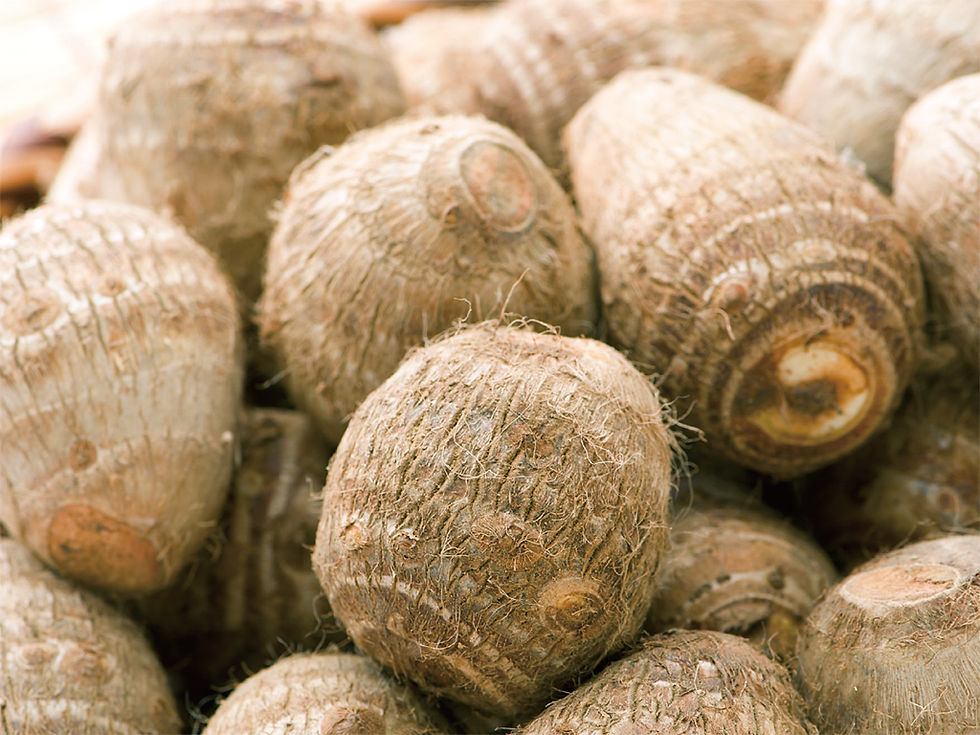MORINGA
Moringa oleifera is believed to be native to sub-Himalayan tracts of northern India but is now found worldwide in the tropics and sub-tropics. It grows best in direct sunlight under 500 meters altitude. It tolerates a wide range of soil conditions, but prefers a neutral to slightly acidic (pH. 6.3-7.0), well-drained sandy or loamy soil. Minimum annual rainfall requirements are estimated at 250mm with a maximum at over 3,000mm, but in waterlogged soil, the roots have a tendency to rot. (In areas with heavy rainfall, trees can be planted on small hills to encourage water run-off). The presence of a long taproot makes it resistant to periods of drought. Trees can be easily grown from seed or from cuttings. Temperature ranges are 25-35 degrees Celsius (0-95 degrees Fahrenheit), but the tree will tolerate up to 48 degrees in the shade and it can survive a light frost.
Moringa is one of the world’s most useful plants. This fast-growing tree is grown throughout the tropics for human food, livestock forage, medicine, dye, and water purification. It is known by several names in different countries but is popularly called the “drumstick tree” for its pods that are used by drummers and the “horseradish tree” for the flavor of its roots.
Moringa is one of the world’s most nutritious crops. Ounce for ounce, the leaves of moringa have more beta-carotene than carrots, more protein than peas, more vitamin C than oranges, more calcium than milk, more potassium than bananas, and more iron than spinach. Native to South Asia, this tree is becoming a vital source of nutrition in this region, where most of the world’s poor people live. The multiple uses of moringa have attracted the attention of researchers, development workers, and farmers.
2
5



































